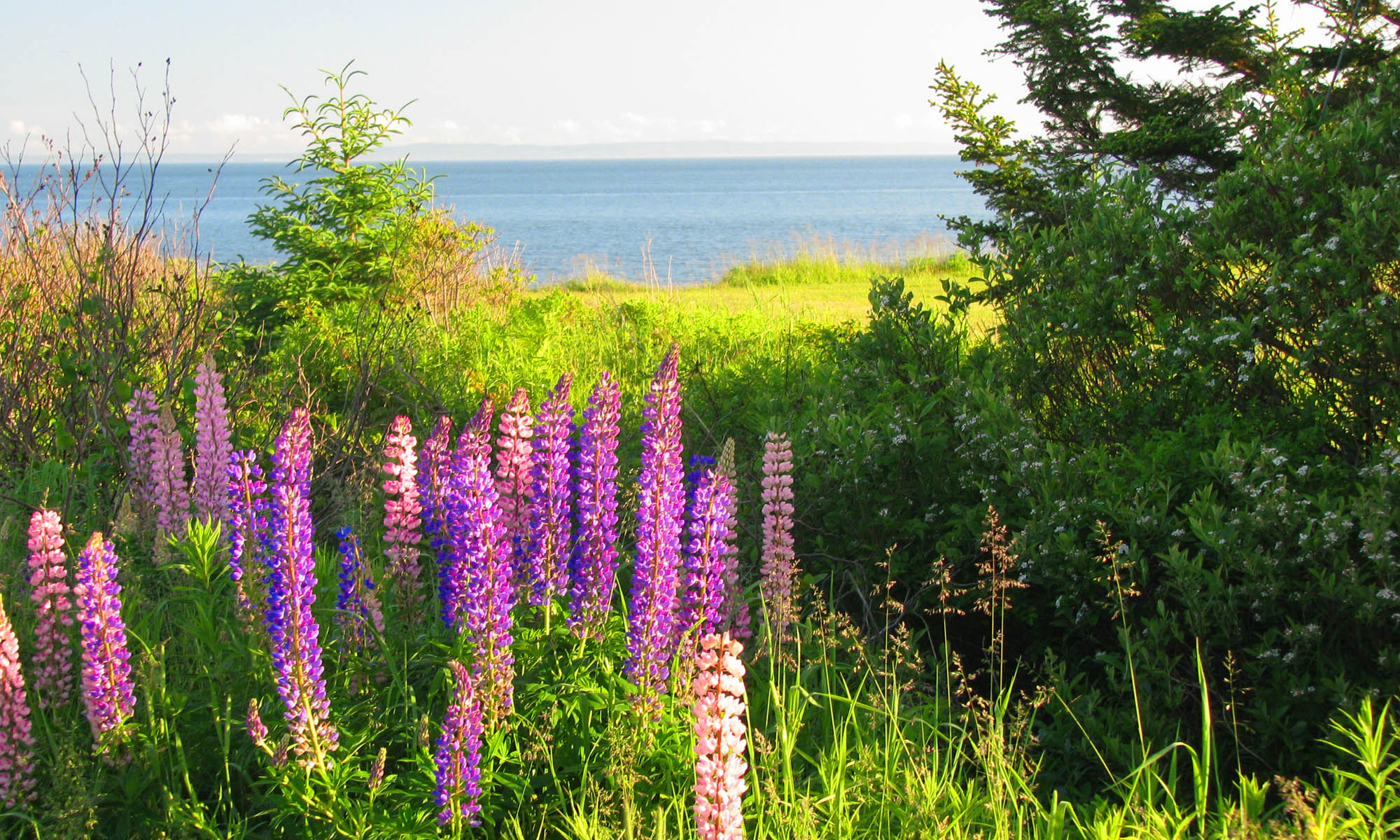I am working with a friend, Tom Rath, redoing his book of poetry about cats for children. It is a challenge, not just because the format changes but also because the addition of colour is new for me with Framemaker (the layout program I use). Sure enough, lurking under the surface for the last decade have been features for just such options, along with far more than I ever wanted to know about spot and process colour and separations. Fortunately Lightning Source, the printer, will happily work with pdf format files having embedded jpeg format pictures. All they ask is 300 dpi (dots/pixels per inch).
Here is where my Photoshop Elements comes into play. I still have colour versions of the pictures that went into the original black and white book. They are sadly low resolution for the 8 1/2″ x 11″ format being used this time, but I have a procedure to squeeze out the best I can:
- I load the picture and resize it to the space it needs to occupy in the book (based on the poem layout that is going on at the same time). Assuming I can allow the picture to take up 3″ of vertical space and eliminate big white spaces before the next poem (with poetry, inserting pictures as runaround is not usually good), I resize the picture to that height and 300 dpi.
- Next I adjust the brightness and contrast with the levels command (ctrl L). I see a histogram of the pixels from black on the left to white on the right. Immediately I move the markers (triangles on the bottom edge) so the darkest pixels are fully black and the lightest ones are fully white. With the picture showing, it is easy to see the result and back off if needed.Then I play with moving the middle (mid-grey?) marker left or right to see what enhances the picture most. In general, for printing with Lightning Source, based on the sample books I have seen, darker and higher contrast will look better–the impact of poor contrast and non-glossy paper is to make the picture look washed out. Finally I adjust the lower right marker to make full-white translate to a slightly darker shade so sky in the final printing will not show a layered transition from slight grey to full white (no ink).
- The ctrl U gets me the color adjustment window. Here it usually “punch up” the colour a little by moving the saturation marker a little to the right. Then I pick the individual colours (with the top drop-down) and may increase the green saturation if there are trees or the red and yellow if there is skin, and so on. The key is to make the result as strongly coloured (within the limits of looking real) as possible to get the pictures to come through the somewhat low contrast print process without looking washed out.
- Finally I use the unsharp mask function to try to increase the apparent resolution of the picture. Sadly the originals of the pictures I have are in the 72 to 180 dpi range at about double the final size to start with so they are never going to be as good as I would like. Admittedly, less than 300 dpi can still look sharp enough in print for the casual reader, but it is frustrating! Use of the tool involves playing with the two settings and then dragging the percentage of adjustment right to perhaps 100%. I try to only enhance as far as will leave the picture without overshoot…white edges where there should only be an abrupt change in lightness.
After all this, the picture is imported into Framemaker…I try to remember to import the actual picture rather than a pointer since the final product must include the pictures in the same file. It arrives in a frame which cannot be moved but the picture can be dragged out of the frame and positioned anywhere. The difficulty is that the un-framed picture will not move if the text changes so adding poems in front could be a mess.
The main point of all this is to show how including pictures can (and should) be much more complicated that just importing directly.
